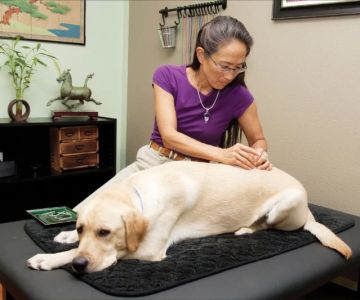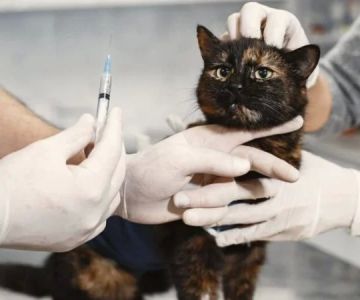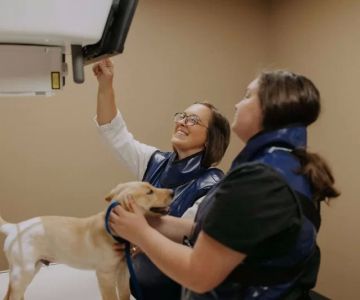How Many Years Does It Take to Complete a Veterinary Course?
- 1. Understanding the Veterinary Course Duration
- 2. Pre-Veterinary Studies: The Foundation of Your Veterinary Career
- 3. The Structure of Veterinary School: Years and Curriculum Breakdown
- 4. Post-Graduation and Specializations in Veterinary Medicine
1. Understanding the Veterinary Course Duration
Becoming a veterinarian is a dream for many animal lovers, but how many years does it take to complete a veterinary course? Generally, veterinary studies take anywhere from 5 to 7 years depending on the country, the specific school, and the program's structure. In the United States, for instance, veterinary school itself is typically a 4-year program, but before that, students often need to complete a bachelor’s degree, which adds additional years to the journey.
It’s important to note that veterinary programs are rigorous and require extensive training both in the classroom and in clinical settings. This makes the long duration worth the investment for those passionate about animal care.
2. Pre-Veterinary Studies: The Foundation of Your Veterinary Career
Before entering veterinary school, students must meet certain prerequisites, which usually involve completing a bachelor’s degree in a related field such as biology, animal science, or zoology. This phase typically lasts around 4 years. However, in some countries like the UK, students can directly enter veterinary school after high school, making the overall duration slightly shorter, though the course load will still be demanding.
In addition to academic qualifications, prospective students are also required to gain hands-on experience with animals, usually through volunteering or internships, which further enriches their preparation for veterinary school.
3. The Structure of Veterinary School: Years and Curriculum Breakdown
Veterinary schools are designed to provide a comprehensive education in animal health, from basic medical sciences to advanced surgical techniques. The first two years typically focus on foundational knowledge such as anatomy, biochemistry, pharmacology, and microbiology. The final two years are more hands-on, with clinical training where students treat animals under the supervision of experienced professionals.
Throughout the program, students will engage in extensive coursework, practical exams, and clinical rotations, which allow them to apply their knowledge in real-world scenarios. By the time you graduate, you’ll be well-prepared to take on the responsibilities of a veterinarian.
4. Post-Graduation and Specializations in Veterinary Medicine
After completing a veterinary course, graduates can choose to either enter the workforce or pursue further specialization. Post-graduate opportunities include internships, residencies, and advanced certifications in various fields such as surgery, dermatology, or oncology. This additional training can take anywhere from 1 to 5 more years, depending on the level of specialization desired.
While it may seem like a long path, the investment in education and training will pay off with a fulfilling career where you can make a real difference in the lives of animals and their owners.











